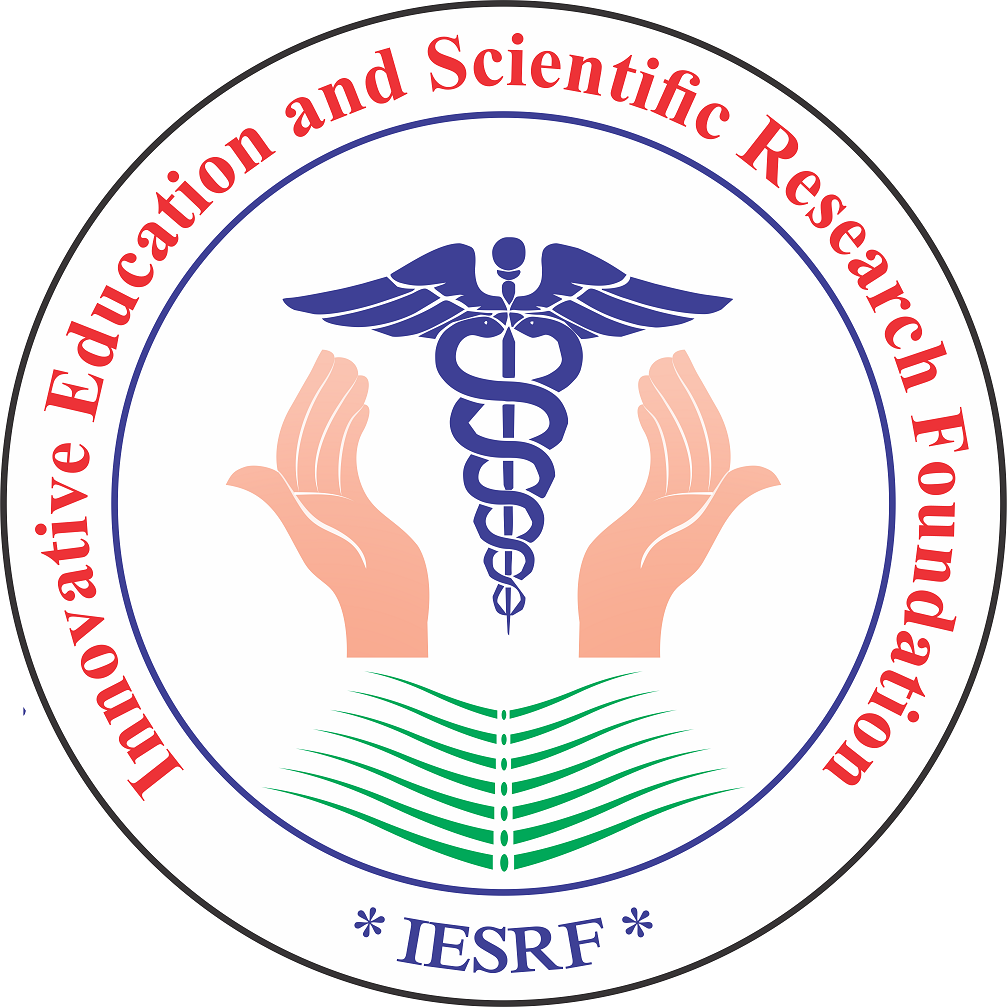Ahead of Print
CHARACTERIZATION AND ANTIMICROBIAL RESISTANCE PATTERN OF ENTEROCOCCI- A HOSPITAL BASED STUDY IN EASTERN INDIA.
Authors: ARPITA SINHA, Kuhu Pal, Retina Paul, Priyanka Saha, Sukanya Saha, Mousumi Bhowmik
DOI: 10.18231/j.ijmr.12001.1759553657
Keywords: Enterococcus, prevalence, virulence factors, multidrug resistance, VRE
Abstract: Background: Enterococci are common flora in humans, but their virulence and antibiotic resistance make them emerging pathogens, both nosocomial and community-acquired. Objectives: Estimation of prevalence and characterization of Enterococcus sp. isolated from clinical samples. Methods: A cross-sectional study was conducted from June 2023 to March 2024 at the Microbiology Department of the College of Medicine and JNM Hospital, Kalyani. Clinical samples viz. blood, pus, urine and exudates were analyzed. Enterococcus species were identified, tested for virulence factors viz. hemolysin and gelatinase. Antibiotic susceptibility following Kirby Bauer disc diffusion and E-test methods were performed. Results: Prevalence of Enterococcus sp. was found to be 1.93% (66/3412 samples). Urine (50) and pus (14) were common sources. Female patients (46) outnumbered males (20). Gelatinase production (24) and hemolysin activity (8) were observed. Highest sensitivity was to Linezolid and Fosfomycin; resistance to Meropenem, Gentamicin, and Ampicillin was noticed. Co-producers of hemolysin and gelatinase showed intermediate sensitivity to Linezolid. E. faecalis was a common isolate in children. Vancomycin resistance was found in 4 isolates of E. faecium. Conclusion: Increasing incidence of Vancomycin resistant Enterococcus species may be addressed as early as possible so as to combat crucial infections and its spread to the society. This may contribute to significant increase in global antimicrobial resistance.
